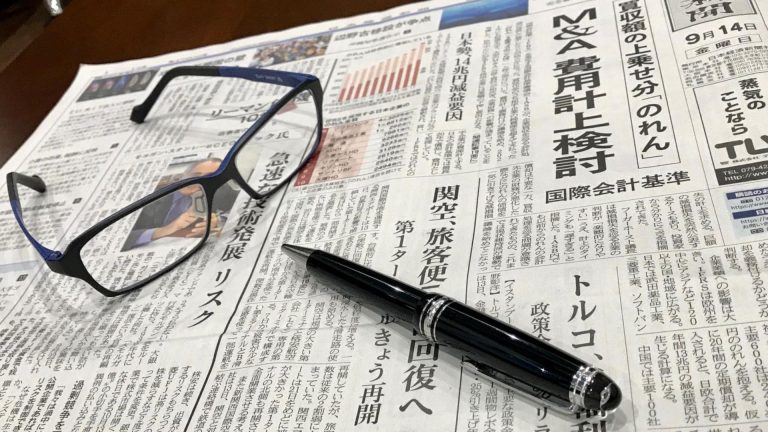Please note that the original article is in Japanese. The following is a summary of its content.
IASB Reconsiders Mandatory Goodwill Amortization
The Nikkei recently reported that the International Accounting Standards Board (IASB), which sets IFRS, has begun discussions to mandate the amortization of goodwill. According to the article, IASB Chairman Hans Hoogervorst stated that corporate judgments regarding impairment losses tend to be “optimistic” and are recognized “too late.”
This marks a potential major shift. Under Japanese GAAP, goodwill is amortized over a maximum of 20 years. In contrast, IFRS currently prohibits amortization, instead requiring an annual impairment test. Mandating amortization would have a significant impact on the performance of IFRS-adopting companies.
The Evolution of Goodwill Accounting
Early Days: The Amortization & Impairment Approach Historically, both US GAAP and IFRS utilized an amortization approach. US APB Opinion No. 17 (1970) required amortization over a maximum of 40 years. Similarly, the original IFRS standard (IAS 22) required amortization over a maximum of 20 years.
However, both frameworks also permitted the “pooling-of-interests” method under certain conditions. This method did not recognize any goodwill at all, leading to significant inconsistencies in financial reporting for economically similar transactions. This lack of comparability prompted investors and regulators to demand a single, unified approach.
The Shift to an “Impairment-Only” Approach (c. 2001) In 2001, the US Financial Accounting Standards Board (FASB) issued SFAS 141 and 142. These standards achieved the goal of banning the pooling-of-interests method. However, following strong industry backlash against a proposal to simply shorten the amortization period, the FASB compromised. The final standard banned amortization entirely and replaced it with an annual impairment test.
To achieve convergence with US GAAP, the IASB followed suit, issuing IFRS 3 in 2004, which also banned the pooling-of-interests method and adopted the “impairment-only” model.
Recent Developments and Divergence
US GAAP (FASB): The impairment-only approach faced criticism for being costly and complex, especially for private companies. In 2014 (ASU 2014-02), the FASB gave private companies the option to adopt an alternative: amortizing goodwill over 10 years (straight-line) with a simplified, trigger-based impairment test.
IFRS (IASB): In contrast, the IASB’s 2017 post-implementation review of IFRS 3 led to a tentative decision to not reintroduce amortization, citing support for the impairment-only model. The recent news that the IASB is now actively considering mandatory amortization represents a significant reversal of this 2017 position.
Arguments for Each Approach
Arguments for Amortization (Amortization & Impairment):
- Goodwill is a wasting asset; amortization reflects its consumption.
- Acquired goodwill is replaced by self-created goodwill (which is not capitalized); amortization maintains consistency.
- Impairment tests are complex, subjective, and often recognized too late.
Arguments for Impairment-Only:
- Financial statement users often calculate pre-amortization earnings (e.g., EBITDA) anyway.
- The value of an investment (goodwill) does not necessarily decline over time.
- Impairment losses serve as a key tool for holding management accountable for their investments.
Impact on Japanese IFRS Adopters
If mandated, amortization would significantly impact Japanese companies using IFRS.
- Major Profit Impact: As of 2017, the 160 IFRS adopters in Japan held approx. ¥14 trillion in goodwill (e.g., SoftBank at ¥4.3 trillion). A 20-year amortization schedule would reduce SoftBank’s operating profit by over ¥200 billion annually.
- Loss of IPO Incentive: Many recent Japanese IPOs (e.g., Skylark, Sushiro) have a high ratio of goodwill to total assets (Skylark: 45.8% in 2017). The non-amortization rule under IFRS was a key incentive for these companies to adopt IFRS over Japanese GAAP. Mandating amortization would remove this major benefit, impacting both existing listed companies and those currently preparing for an IPO.
The article notes that the IASB is expected to reach a conclusion in 2021, and further developments must be monitored.









